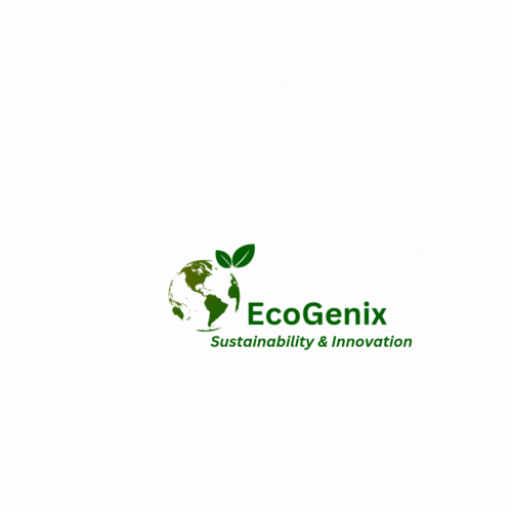Introduction
The global food system is a complex network involving the production, distribution, and consumption of food worldwide. Within this global framework, regional food systems play a crucial role in ensuring food security, sustainability, and economic development at the local level. This article explores the dynamics of both global and regional food systems, highlighting their interconnectedness and the challenges they face in the 21st century.
Global Food Systems
Global Supply Chains
Global food systems are characterized by intricate supply chains that span across continents. Agricultural products are cultivated in one region, processed in another, and eventually reach consumers in distant parts of the world. This globalization of food production has increased efficiency but also made the system vulnerable to disruptions, such as climate change, pandemics, and geopolitical conflicts.
Food Security and Sustainability
Ensuring food security on a global scale is a paramount challenge. The United Nations’ Sustainable Development Goal 2 aims to end hunger, achieve food security, and improve nutrition by promoting sustainable agriculture. Sustainable practices, such as organic farming, crop diversification, and water conservation, are crucial to maintaining the balance between meeting current food needs and preserving resources for future generations.
Regional Food Systems
Local Agriculture and Community Development
Regional food systems focus on local agricultural production and distribution networks. They emphasize community involvement, support for local farmers, and the consumption of locally sourced food. These systems strengthen local economies, create jobs, and reduce the environmental impact associated with long-distance food transportation.
Cultural and Dietary Diversity
Regional food systems celebrate cultural diversity by preserving traditional recipes and culinary techniques. They offer a wide array of fresh, seasonal, and locally grown produce, contributing to the preservation of regional food heritage. Additionally, these systems cater to specific dietary needs and preferences, promoting healthier eating habits among local populations.
Challenges and Solutions
Climate Change and Environmental Degradation
Both global and regional food systems are threatened by climate change, leading to unpredictable weather patterns, water scarcity, and soil degradation. Sustainable agricultural practices, investment in climate-resilient crops, and the promotion of agroecological methods are essential steps toward mitigating these challenges.
Food Waste and Losses
Food waste and losses occur at various stages of the supply chain, from production to consumption. Addressing this issue requires improved infrastructure, better transportation, and consumer education. Reducing food waste not only ensures food availability but also minimizes the environmental impact associated with its disposal.
Conclusion
In conclusion, understanding the intricacies of global and regional food systems is vital for addressing the challenges of food security, sustainability, and economic development. A holistic approach that combines global cooperation, sustainable agricultural practices, and community engagement is necessary to build resilient food systems capable of feeding the world’s growing population while preserving the environment for future generations. By embracing innovation, fostering collaboration, and promoting responsible consumption, humanity can pave the way for a more equitable and sustainable food future.
ARTICLE BY: WAYNE TOTA
Food Security and Climate Change
waynetota9@gmail.com
0601133196239
Visit for more articles:
https://sites.google.com/view/foodsecure-sustain-agriclimate/home.

Leave a Reply